Total War: Warhammer (Video Game)

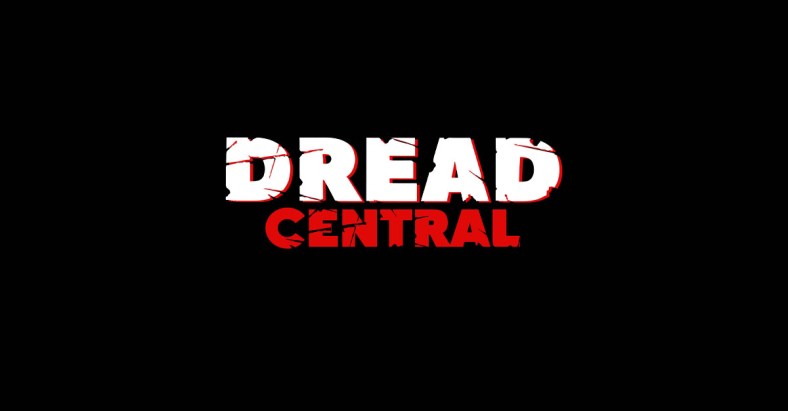 Developed by Creative Assembly
Developed by Creative Assembly
Available on PC
Suitable for ages 14+
As I sit in the last stronghold of my necromantic empire, I ponder how exactly I got to this point. As a proud Vampire Count of the Von Carstein clan, I’m no stranger to making enemies. Still, there’s no denying that between the Empire, Dwarf, Greenskin, and various independent armies treating my previous holdings like a Target on Black Friday, perhaps I bit off more than I could chew. Is it possible that in my crusade to turn all the world into mindless undead slaves, I was a bit too overzealous? Perhaps the finer points of diplomacy were lost on me. It can happen when all of your advisors are corpse-beasts.
But look, on the horizon! A marauding horde of demons and madmen! I’m saved! The Warriors of Chaos are by no means my allies. More like the only people not outright at war with me. We have wildly different views on how to best shape the world into a corrupted waste, but we have some similar core principals. So, for the time being, it’s enslave-the-world and let enslave-the-world.
This philosophy does not apply to our neighbors currently riffling through my stuff. As I sit behind my castle walls, I let Chaos do what it does best. After a few turns, the armies of the living either lay dead or are scurrying back to their homes. It’s an impressive display of unholy strength, and came at great cost to the demonic hordes. Using the piles of corpses in their wake, I quickly raise a massive force of undead, declare war on my Chaos saviors, and wipe them out. I am a devious necromancer lord, after all. It’s their fault for trusting me.
Total War: Warhammer is the game I’ve wanted to be made since the original Shogun. I respect Creative Assembly’s dedication to historical realism, but God damn some dragons and ogres would be sweet. We briefly got to experience something close to this with the ill-fated The Lord of the Rings: The Battle for Middle-Earth series, but unfortunately EA is too busy killing everything I love to even make it available on Steam.
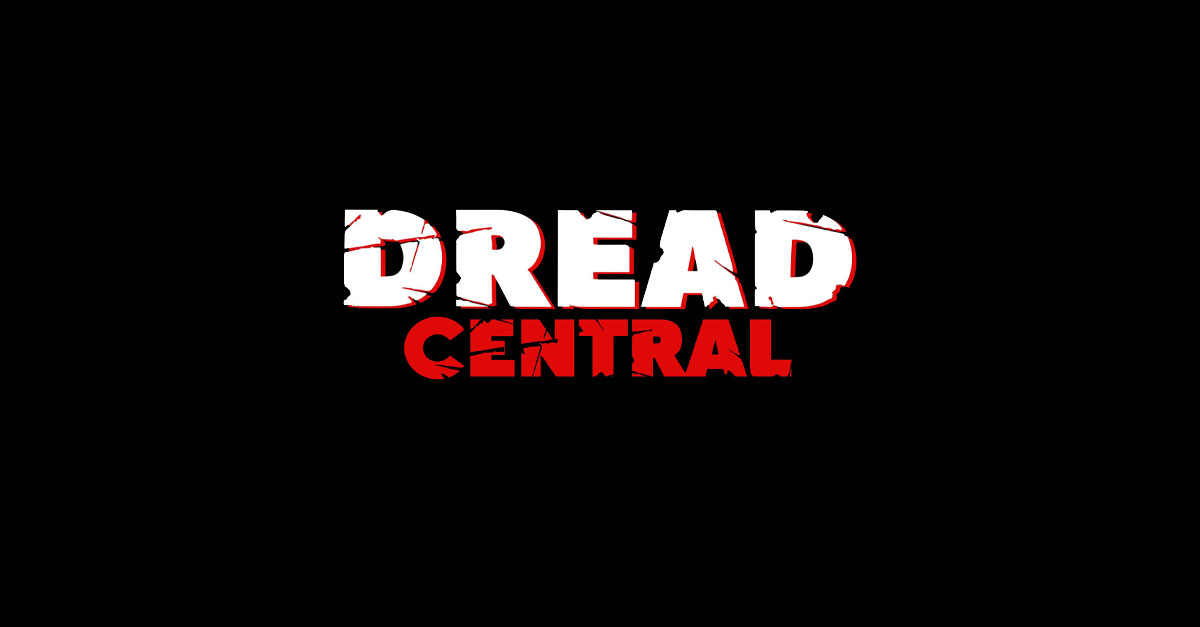
This. This is always what I wanted.
As a Total War game, Warhammer is incredibly streamlined, focusing more on combat, and quick management, than extensive economy micro. That being said, it might still be overwhelming for players new to the series. The franchise has never been Hearts of Iron level complicated, but it’s still grand strategy. There are only five teams at the moment, but the fact that they are all completely different races with totally different play styles complicates things a bit.
So for scrubs, let me break your options down for you. First up is The Empire, a loose confederation of human factions struggling to unify under the banner of Emperor and wielder of the Warhammer, Karl Franz. You only start with a single town, but it shouldn’t be too long before you have secured the starting province. From there, the game becomes largely political, as you balance alliances with opportune land grabs in an attempt to win the Game of Thrones. Your ultimate objective is to wipe out the Vampire Counts to the east and stop the spread of Chaos from the north, but most of the game will be spent placating and subduing your various human counterparts.
It’s riveting in its own right, and is helped a lot by The Empire’s robust roster. You might think that normal humans would be ill-equipped to stand against demons, ravenous orcs, and endless undead, but you’d be wrong. While the basic human foot soldiers are weaker than your average Crypt Ghoul, they field a number of special weapons and troops that can easily turn the tables on more robust foes. Nimble Outriders and Pistoleers can engage with volleys of gunfire while keeping distance, and powerful Demigryph Knights lead devastating charges. If all of that fails, they also get tanks. So, you know, that deals with a lot of your problems.

Hello, do you have a moment to talk about our Lord and Savior Sigmar?
Next up are the Dwarfs, stout mountain dwelling folk who play a more defensive game. Unlike the humans, they are hardly ever at odds with their fellow Dawi, instead focusing their efforts on the growing Greenskin threat. Their once great Karaks have been defiled by all manner of Orc, a Grudge that the followers of Thorgrim Grudgebearer cannot possibly ignore. They must reclaim hold after hold, avenging wrongs against Dwarfkind until all of the clans unite under their banner in a mighty Throng.
Their campaign feels much slower, as the mountainous terrain and need to right wrongs keeps you committed to single courses of action. They can circumvent some of the mountains by utilizing the Underway, a single movement action that essentially teleports you to another point within movement range. Even so, it can be several turns above the average to get from point A to point B. Another confounding factor is that the Dwarfs have no cavalry. While there is a small campaign map movement bonus for most cavalry units, what this more importantly means is that they can’t chase down more nimble units on the battlefield. Luckily, they have access to the most powerful arsenal of ranged weapons and siege equipment. As the Dwarfs, it’s best to lead a massive Throng to take a city, hunker down with your guns pointed out the windows, and wait for the carnage to come to you.
Unfortunately, this is complicated by the Dwarfs’ need to squash every faction that ever even looked at them funny. Instead of regular quests, Dwarfs are assigned “Grudges,” which are generated when someone does something offensive against you. If a Greenskin army raids your land, you must defeat that army to settle the grudge. If a Vampire Count hero tries to hinder one of your armies, you have to assassinate them. There’s a reward for completion, but Grudges are a double-edged sword. Grudges are written in the Great Book of Grudges, meaning they never expire unless they are completed or are rendered incompletable (if the target is destroyed or becomes a vassal). This makes your timeline to complete the quest theoretically infinite. Unfortunately, Dwarfs are a curmudgeonly lot, and will grumble if too many Grudges build up or if one is left to fester. Over time, it can lead to some serious diplomatic and public happiness problems. The combination of holding land and retribution means that Dwarf wars are protracted and costly.
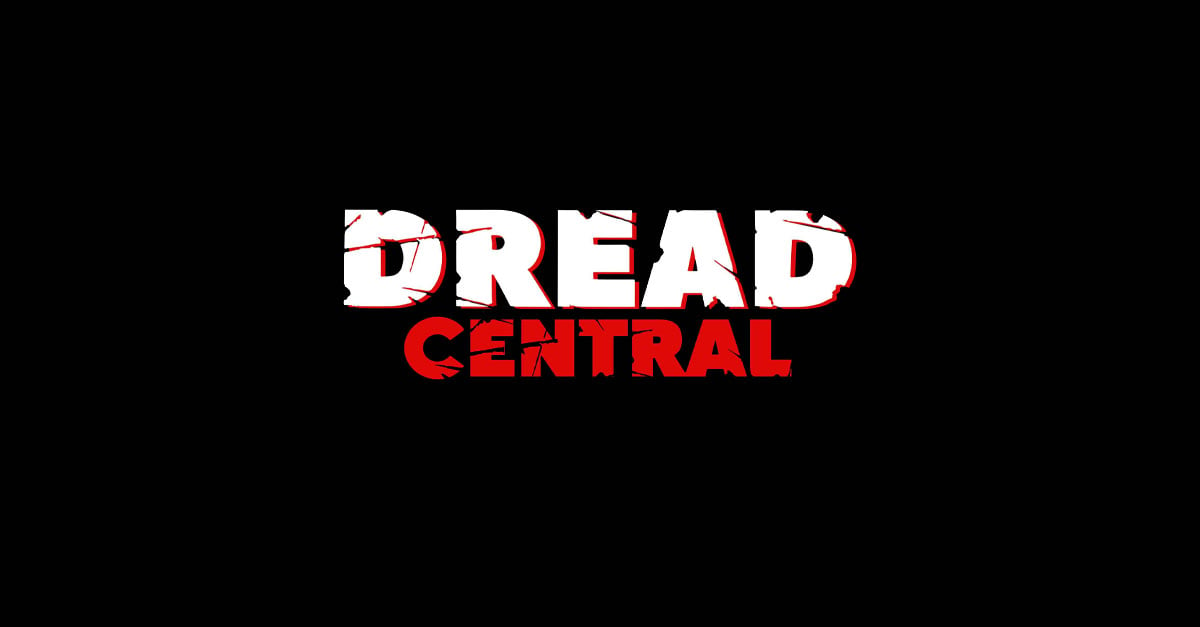
I think flamethrowers are a perfectly reasonable response to accidentally walking through my territory.
The previously mentioned Vampire Counts are a conniving bunch of necromancers eager to prove their dominance despite their relatively tiny landholdings. When you realize how much of the map they start with, you might feel a bit discouraged. Similar to The Empire, you must first clear out a rival vampire faction. After that, you are left with two provinces, and a sea of angry and distrustful humans who would rather behead you than agree to trade. What’s even worse is that you cannot march armies without first slowly spreading “Vampiric Corruption,” so get ready to play the long game.
Combat wise, this is my favorite team to actually play. Completely devoid of any long range units, the Vampire Counts instead use an endless supply of walking corpses. Expendable Fel Bats, zombies, and skeletons clog up your enemy’s missile units while your more robust Cairn Wraiths and Vargheists get to work on the killing. Also unique to the undead legions is their morale system. Held together by dark magic rather than courage and will, they don’t retreat when the battle turns sour. When their morale runs out, they begin to crumble instead. It’s a much higher risk/reward than the other races. Your units will stick and fight when others run, but ultimate defeat means a total loss of all forces.
What’s most compelling about the Vampire Counts is their ability to Raise Dead in addition to recruiting units. While other teams need to be in an allied territory or encamped to recruit, they can raise units anywhere on the map by drawing on the corpses already littering the countryside. Normally, this only allows you to recruit the most basic of skeletons and zombies, but sites of epic battles will let you recruit the endgame Greatweapon Grave Guard, Black Knights, and even Hexwraiths. It not only adds some much needed mobility to the faction, but gives incentive to pit factions against each other. Let others fight their wars, swoop in on the gravesight, and begin a new offensive on your once peaceful neighbors.
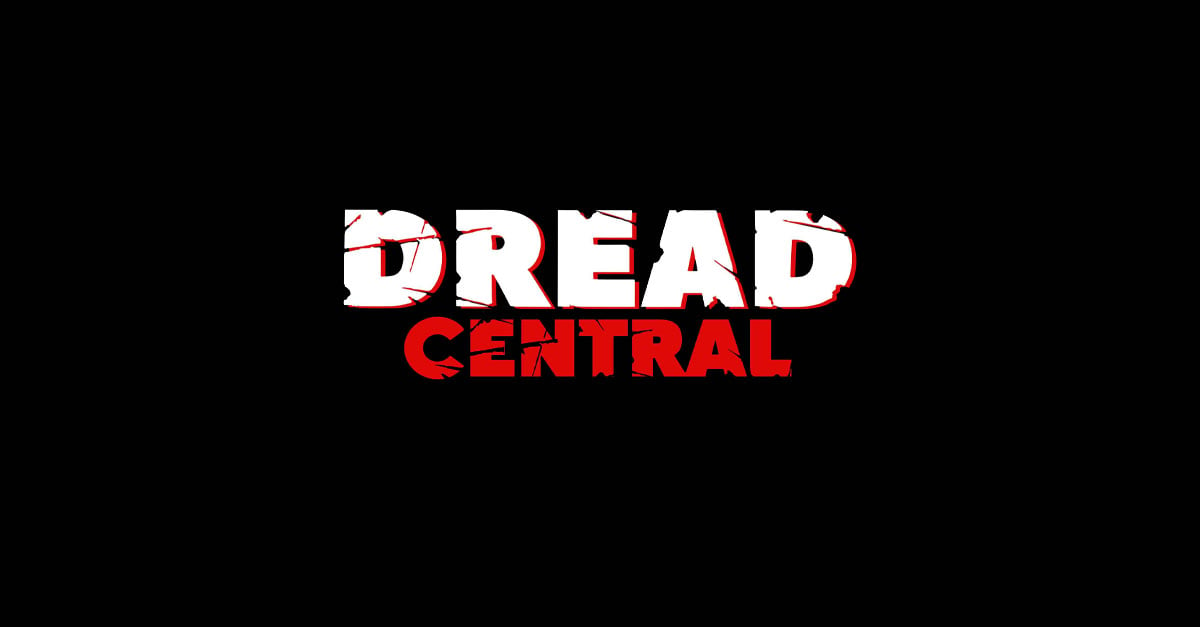
Just because I lack a physical body does not mean I will not shove this ghostly scythe directly into your face.
Next up are the Greenskins. A confederation of savage orcs, goblins, trolls, giants, and… spiders… the Greenskins tolerate anything green and consider anything else jus’ good fightin’ material. Well, they also are okay with things that are black, since their leader Grimgor Ironhide is one of the legendary Black Orcs. So thirsty for bloodshed, Grimgor and his boyz just cannot fathom a world where they do not get to slaughter everyone and everything at all time. Including their fellow orcs. Just like the ‘umies, they start out at odds with their fellow orc factions. Stomp does gitz, make ‘em realize dat you da biggest an’ da best warboss, and get to settin’ da WAAAAAAAGH! on does puny runtz and ‘umies.
While I find leading them in combat to be a bit basic, they have an interesting campaign playstyle despite their simple mindset. The Greenskins like to fight, and don’t much care who the target is. Not only do they have to keep their cities’ happiness high through public order, but also keep their armies happy through raising their “Fightiness” rating. If it drops too low, the units becomes unfocused and start killing each other out of boredom. If it raises high enough, it spawns an entirely new army that you can send after targets.
It’s incredibly easy for the Greenskins to conquer land, but keeping it ruled is another story. Rebellions are common, but not entirely unwelcome. Since the Greenskins need to fight to stay happy, it isn’t the worst idea to let an uppity province revolt just to smash the ungrateful gitz. This is the first time in a Total War game where negative public order might work out in your favor, and it fits the theme of the race perfectly.
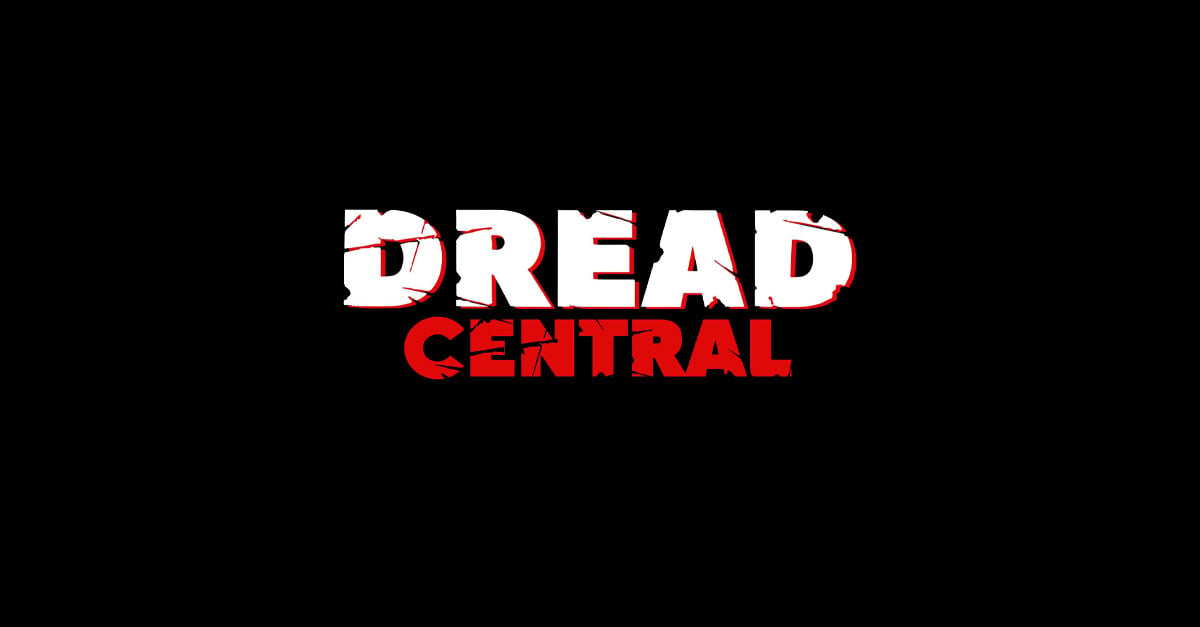
They don’t keep the tightest formations, but you just have to love the guys for being so eager to get eaten by a Terrorgheist.
Last up is the day-one DLC race, the Warriors of Chaos. If you played Total War: Attila, they play like the Huns, if the Huns were all way less interested in peace. Utilizing mobile hordes instead of cities, Chaos can only function when at constant war. Starting off with a single horde and an unholy mission to slaughter the world, they cut a swath across the tribes of northerners, enslaving who they can and sacrificing the rest to the dark gods. Once the entire frosty north is beneath their yoke or lying in ruin, they march south, where the only option is to sack or burn to the ground. There is no safe haven for the Warriors of Chaos, but neither is there for their enemies. Free from the constraints of cities, they can strike from anywhere at anytime.
It takes some getting used to when playing as the Warriors of Chaos. Hordes are incredibly slow growing, requiring desolation to raise population. You can raise the growth rates of the hordes with specific skills and a couple of buildings, but this doesn’t really come into play until much later. While most teams are colonizing their third province and have a fully functional economy by turn 60, do not be surprised if your Chaos horde is just getting its fourth building. You also can’t get money without murder. There is a single Warriors of Chaos building that generates money, and it gives you 300. One army can have an upkeep of 6000. Rather than giving you funds, buildings instead will decrease the cost of various units, giving you more time to pillage much needed resources from your enemies. It’s an inconsistent and dangerous way to run a civilization. Even by the end of my Warriors of Chaos long game at turn 280, I only had three hordes, none of which were fully upgraded.
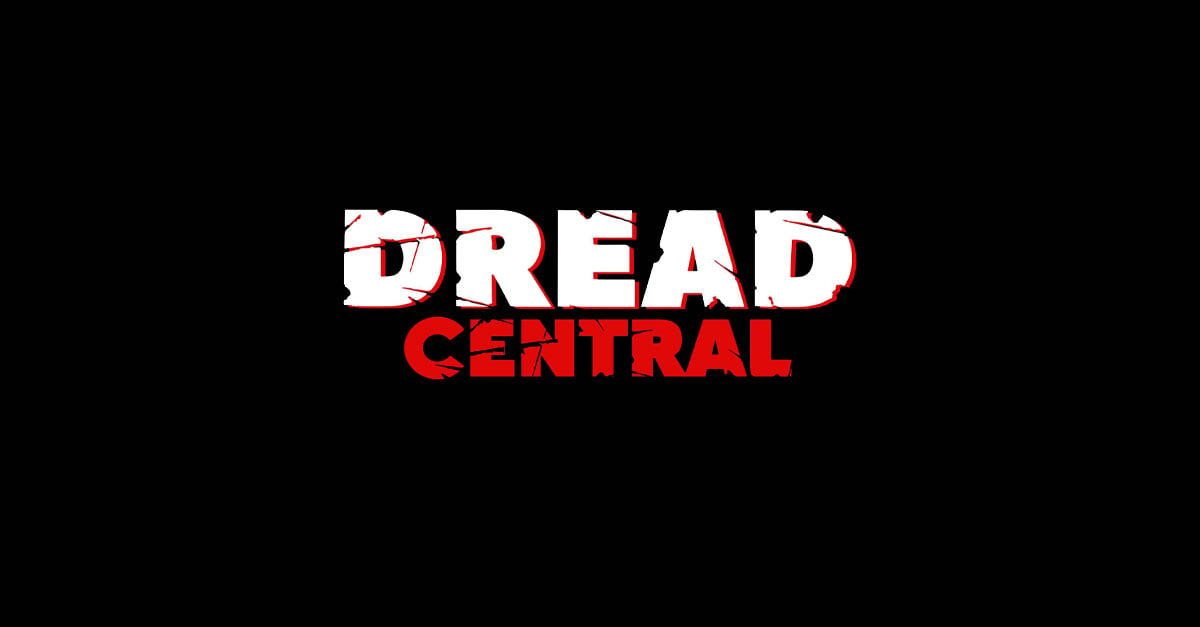
It doesn’t look like much, but this is one of the most terrifying things you can find at your doorstep in Total War: Warhammer
This is heavily mitigated by the Warriors of Chaos being the most badass unstoppable killing machines to ever walk the earth. They follow a more linear upgrade path, with Marauders being replaced by Warriors who are replaced by Chosen. There are also monstrous units like Chaos Giants, Chaos Spawn, Chaos Trolls, Chaos Warhounds, and Dragon Ogres. Starting off, Marauders are functional infantry that will do the job cutting down your foes and opening their lands to the sweet defilement of Chaos. Going up the ladder, Chosen are as close to gods in human form as you can get. In my entire campaign, I remember losing three squads total, and I was not using them conservatively. The high level Warriors of Chaos units absolutely dominate across the board, and can require several engagements to weaken enough to wipe out. Beating a Warriors of Chaos horde means deleting all of its construction progress, so the benefit can be great if you can win. That is, IF you can win.

It usually ends something like this.
Between the five teams, there’s a lot to see and experience in Total War: Warhammer. There are two starting Legendary Lords (three for Warriors of Chaos) to lead your army initially, which basically just determine your starting units. The difference between starting Legendary Lords isn’t major, as you will be able to recruit the other Legendary Lord at some point anyways. The main differences are between the five races, whose variant play styles and objectives lead to wildly different experiences.
It’s something that other Total War games have tried before, but not to this level. The Empire is only concerned with reunification, and focuses its efforts on rebuilding their lands, eliminating the Vampire Counts, and making sure that Chaos stays in the north where it belongs. The Dwarfs, whose holdings are much more isolated, just want to bring the clans back together, but much less antagonistically. They want to kill the Greenskins, and make sure that Chaos isn’t running amok, but are significantly more thoughtful about it. The vampires couldn’t give a shit about Chaos and Greenskins, and just want to turn all of humanity into zombies. Greenskins just wanna WAAAAAAGH! And so do the Warriors of Chaos, but they would never put it in those words.
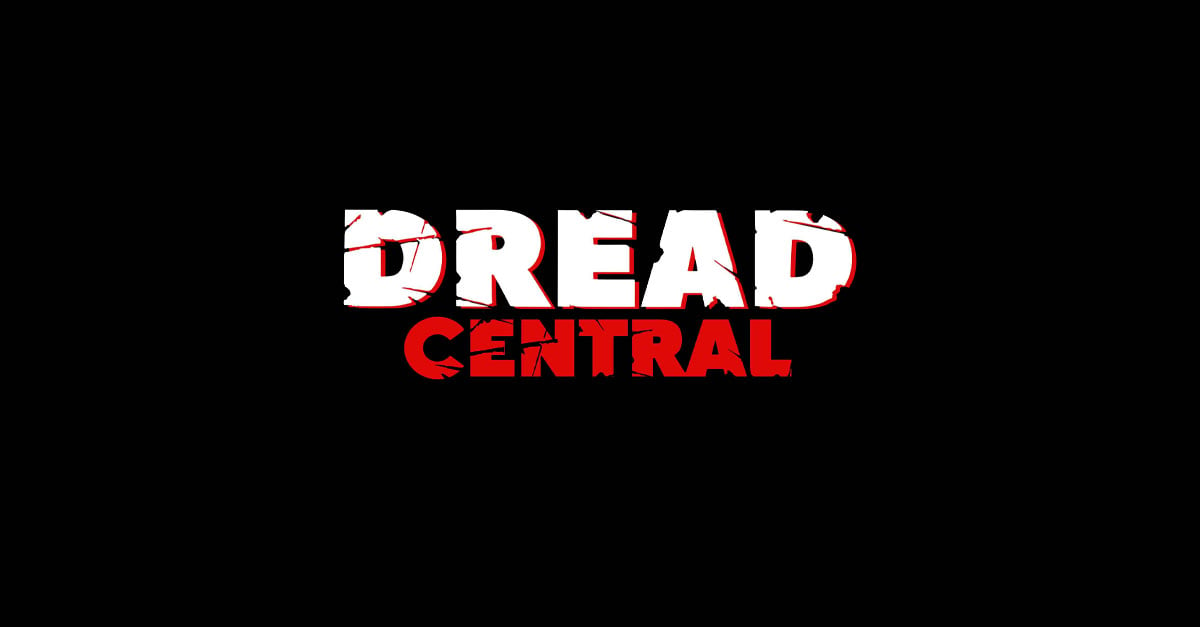
I bring wanton slaughter and destruction, but it’s RED. Totally different.
So, here comes my first criticism. To the end of making the teams play different, they can only capture specific lands. Dwarfs and Greenskins can only capture other Dwarf and Greenskin land, while the Vampire Counts and Humans are similarly bound. None can capture the northern lands aside from the Warriors of Chaos who enslave them. You can still sack and raze their cities, but you cannot expand into their territories. It isn’t really a problem for The Empire, Greenskins, or Warriors of Chaos, but is a pain in the ass for the Dwarfs and Vampire Counts who start sandwiched in between uninhabitable and enemy territory. It focuses the conflicts, but limits your options. It’s kind of stupid.
Aside from that, the campaign is designed to be far more streamlined to facilitate more combat. Tech trees are still a thing, but serve as a modifier to previously accessible buildings and units. Of all the units in the game, I think only one required a prerequisite technology. It was a giant Greenskin spider, and they are the only race that realistically can spend the whole game not learning new things. Buildings are much faster to build, upgrades more immediately accessible, and resources less cumbersome. You no longer need iron to build master forges, just a high enough level city to allow it. A city grows over time from certain technologies and buildings, and more advanced buildings are unlocked at set points. It’s all presented in an easy to understand grid, so figuring out what you need to unlock the next tier is only a glance away.
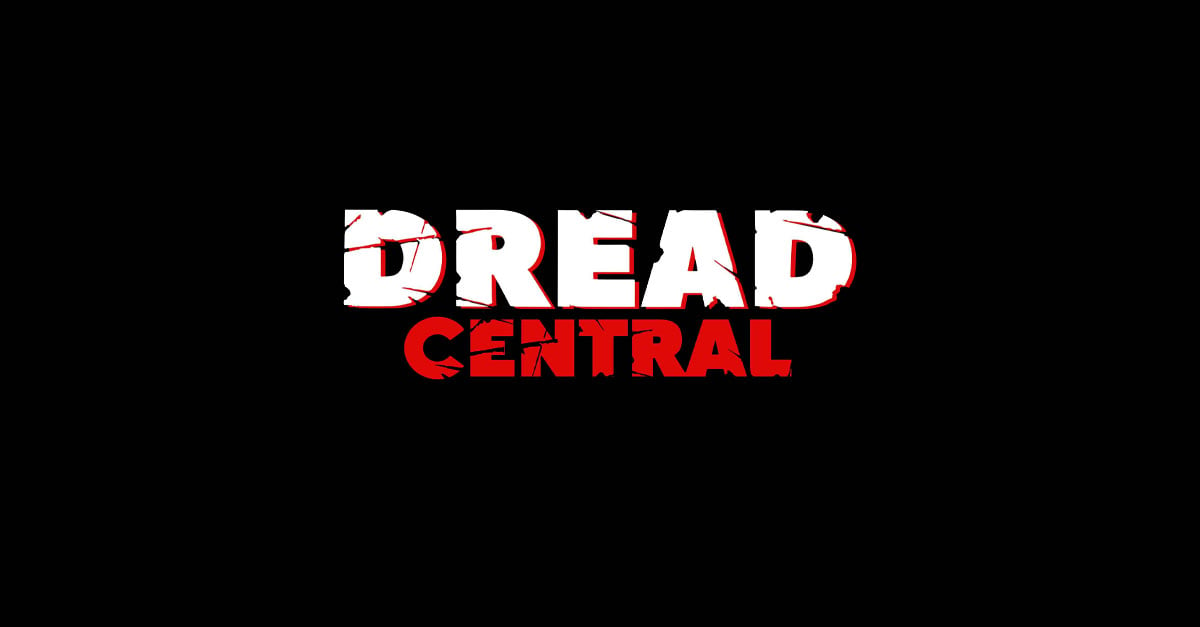
For those of you who miss the income growth analysis, population factors, religion percentages, agent activity level, and other stuff, may I remind you that this game has tanks and ogres?
And that’s it. No more food to worry about. Trade resources are used for trade and special buildings. It’s all about making the base building as understandable and quick as possible to allow you to get to the combat. I think this might irk some fans, but it doesn’t bother me. As a series veteran for more than a decade, I’m glad they went a different direction with this iteration. It fits the Warhammer universe better.
One campaign element that I thought was poorly implemented was diplomacy. I know it’s a Total War game and therefore must have diplomacy, but it feels really stupid for some teams. I mean, being real, who the fuck would want to make a trade agreement with an orc? Aside from forcing other orcs to join you, the Greenskins really have no use for communication. The only team it really makes sense for is The Empire, who need to pay attention to some of the more diplomatic options to maintain their control. Just like the armies and play styles, it should have been implemented differently for every race.
Another problem I have with Total War: Warhammer is the quests. Aside from the normal “kill this army in X turns,” there are now specific quests that grant your Legendary Lords powerful legendary items. Each Legendary Lord has between one and seven quests, averaging out at four. The rewards are all great, but some of them are on the other side of the map. As a Vampire Lord, I was expected to march into the heart of Greenskin land to complete not one, but two of my quests. As a vampire, I can’t walk a turn out of my corrupted lands without taking at least 15% of my unit in attrition. This objective was easily 12 turns away. I mean… no thanks?

Unfortunately, due to my days in World of Warcraft, I just cannot finish a game unless my hero is decked out in full purples.
I can also definitely discern where they plan to add DLC. The savage orks, Bretonnia, Border Princes, northern tribes, and several others are all clearly ready for their own stand alone campaign. Not to mention the tribes of Skaven and Lizardmen that could easily be injected into the world. I’m not against their plans to monetize, but it is kind of shitty to see what could clearly have been functional teams already on the map.
Aside from that, the game plays great. This is the least buggy of any of Creative Assembly’s recent titles by a mile. Hell, the cavalry even managed to stay on their mounts when attacking my cities. I’m not entirely sure how balanced the armies are, as I’ve only put about 40 hours into it at this point. I get the feeling that the Dwarfs, for all their ranged prowess, just do not have the tools to deal with effective cavalry charges. I really like the Vampire Counts, but it’s just too hard to get a foothold without pissing off an army large enough to wipe you off the map.
Combat is really the key here, and is impressive to watch and play. Smaller units will scatter and fly when charged by monstrous foes, and volleys of missiles will tear apart even the bravest warriors. There’s a new spell system that’s easy to use, but affinities, winds of magic, power reserves, and miscasts make it hard to master. Certain elements turn me off, but it comes together far more than the sum of its parts. I’m sure you could (and many will) statistically analyze the value of Greenskin mobility vs Dwarf fire rates, but what matters most is that the teams feel viable and cohesive. To that end, Total War: Warhammer delivers in spades.
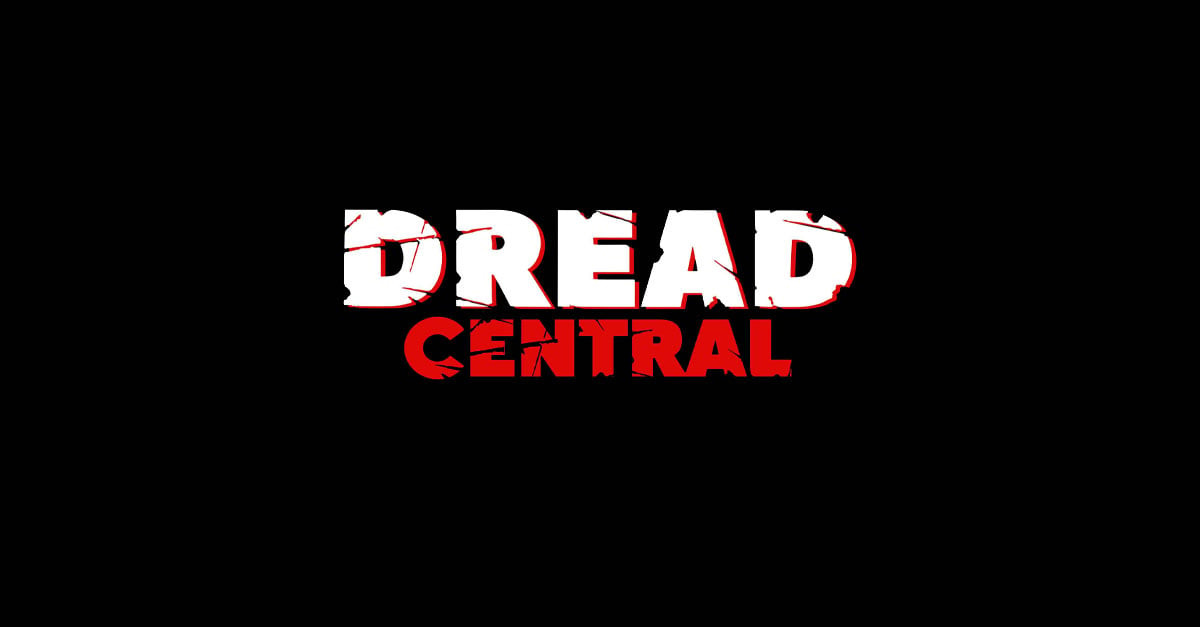
I know it’s hard to tell, but at one time there used to be a bunch of goblins where the massive exploding celestial meteor is.
Total War: Warhammer is a unique experience that should not be missed by any fans of Warhammer or Total War. As a fan of both, I love it. Still, I can’t deny the flaws the game has. I have the feeling that a lot of critics are just so stoked on there finally being a fantasy Total War that they are a bit blind to the shortcomings. It’s a great game, but I fear it will ostracize the core Total War audience. It’s kind of shallow.
It wasn’t until talking about the game with my friend “Lancaster” that I figured out how I would end this. He asked, “Does it retire Attila?” After Attila came out, I never again played Rome 2. Inversely, I still went back to Shogun 2 far into the release of Rome 2. Looking at it like that, I say yes, Total War: Warhammer retires Attila for me. It’s the clear next step for the series, refining and evolving mechanics introduced in the previous titles. I will loyally follow wherever it goes. I’m just not quite ready to declare it as perfect yet.
-
Game
Categorized:Reviews

